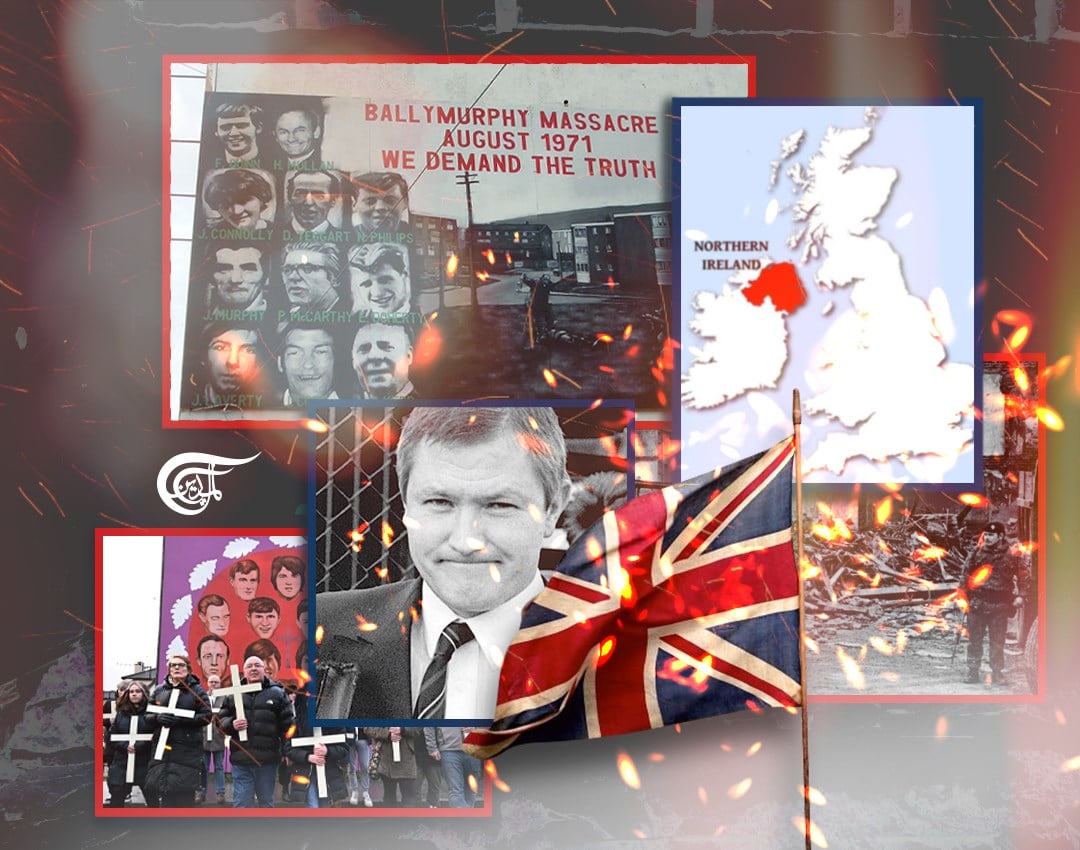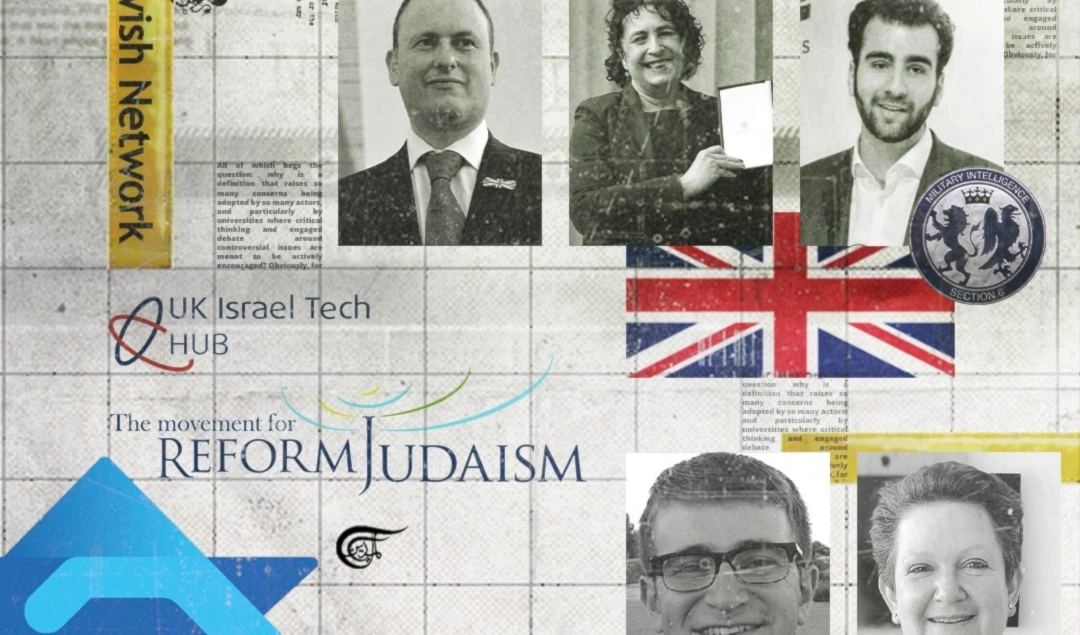From Ireland to Crimea – A history of British-sponsored terrorism
Britain’s history of arming and training terrorist groups, however, as outlined in last week’s report, goes back even further.
Thursday’s report by the investigative website The Grayzone that British Military Intelligence is planning to train Ukrainian insurgents in order to carry out a terrorist campaign in Crimea comes at a time of increasing tensions between Moscow and London.
The Kremlin has already accused Downing Street of being involved in the Nord Stream explosions on the 26th of September, the Kerch Bridge explosion on the 8th of October, and last Saturday’s drone attack on the key Crimean port of Sevastopol, with UAVs being a key component of a recent military aid package gifted to Kiev by London.
Indeed, Britain’s role in the current Ukraine crisis goes as far back as November 2013, when the Euromaidan colour revolution was launched in response to then-President Viktor Yanukovych’s decision to suspend an EU trade deal in order to pursue closer ties with neighbouring Russia.
Britain’s history of arming and training terrorist groups, however, as outlined in last week’s report, goes back even further.
In 1971, the occupied north of Ireland had been in the grip of violence for two years.
Inspired by the civil rights campaign taking place in the United States at the same time, the north’s Nationalist community – those in favour of Irish reunification and generally descended from the indigenous Irish population – had begun a campaign in 1967, demanding equal rights within the British-created statelet.
Though peaceful in nature, the civil rights movement would be violently beaten and teargassed every time they took to the streets by a police force composed almost entirely of Unionists, those in favour of remaining under British rule and generally descended from English and Scottish settlers, planted in the region in the 17th century.
As a result, support for militant Irish Republicanism was quickly growing and the Provisional IRA would be formed in December 1969.
The British Army, deployed to the region earlier in the year in order to enforce London’s rule, would quickly take sides in the emerging conflict.
To this end, the Military Reaction Force (MRF) was formed; a clandestine special forces unit intended to trigger a civil war between the IRA and Loyalist factions in order to draw Republican attention away from Crown Forces.
In order to implement this strategy, the MRF would carry out the murders of unarmed Nationalist civilians, usually in drive-by shootings, in the hope that the IRA would blame Loyalist groups such as the UVF and UDA.
The Unit would work directly with Loyalist terrorists on the 4th of December 1971, however, when they arranged for British army checkpoints to be cleared from the New Lodge, a staunchly Republican area of Belfast, thus allowing a UVF team to bomb a local pub, McGurk’s Bar, leaving 15 civilians dead. This attack would mark the beginning of formal relations between British Military Intelligence and Loyalist death squads, a relationship that would soon escalate.
In 1974, relations between London and Dublin had been placed under significant strain owing to British atrocities in the North such as the Ballymurphy massacre, the 1971 murder of nine civilians by British paratroopers over the space of two days in Belfast, and Bloody Sunday in Derry, when British paratroopers again opened fire on a civil rights demonstration in January 1972, leaving 14 men dead.
Indeed, following the initial outbreak of hostilities in 1969, then-Taoiseach Jack Lynch had mooted the possibility of sending troops to the North, and in the aftermath of Bloody Sunday, Irish police stood by as demonstrators burned down the British Embassy in Dublin.
Britain, fearing that the southern state would dissent from its traditionally pro-British stance and become a state sponsor of the IRA, decided that a message had to be sent.
On the 17th of May 1974, a Friday, three no-warning car bombs would detonate during rush hour traffic in Dublin, killing 27 people and injuring 300. A further seven people would be killed 90 minutes later when another bomb detonated in the border country of Monaghan, intended as a diversion to allow the bombing team to escape back into the occupied north. The death toll would be the largest of any single day during nearly 30 years of conflict.
The bombings, carried out by the UVF under the direction of the MRF’s successor, the Special Reconnaissance Unit (SRU) would ultimately result in the 26-County administration returning to its pro-British stance, and no further attacks would be carried out in the southern state on the same scale. In the North, however, British Military Intelligence would continue to work hand in glove with Loyalist death squads, a relationship that would grow to accommodate the UDA as the 1980s dawned.
Although it had not yet carried out attacks on the same scale as the UVF, the UDA dwarfed its more well-known counterpart in terms of membership, counting 40,000 at its peak. It was not long before British Military Intelligence saw the group’s potential for use as a proxy, thus the Force Research Unit (FRU) was born.
A clandestine unit in the same vein as the MRF and SRU, the FRU’s purpose was to turn the UDA into a more ‘professional’ force, one that targeted IRA members, rather than the Nationalist civilians that both the UDA and UVF were known for killing in indiscriminate attacks.
To this end, the FRU would send Brian Nelson, a senior UDA figure, to South Africa in 1985, where a weapons deal was organised with Armscor, the official defence contractor of the-then Apartheid state. An arrangement that would lead to a deadly escalation of the UDA’s murderous campaign and would ultimately result in the killing of human rights lawyer, Pat Finucane.
Finucane, a Belfast native, had risen to prominence in the 80s through his representation of high-profile Republican prisoners, including IRA hunger striker Bobby Sands. Quickly becoming a thorn in the side of the British establishment, the final straw would come in November 1988, when he successfully defended an IRA Volunteer against charges related to the deaths of two British soldiers.
On the 12th of February 1989, a UDA unit smashed down the front door of Finucane’s family home and shot him 14 times as he was having Sunday dinner with his wife and children. Less than a month beforehand, senior Thatcher cabinet member Douglas Hogg had given a speech in the House of Commons, where he spoke of solicitors in the north of Ireland who were "unduly sympathetic to the cause of the IRA", effectively sanctioning Pat Finucane’s murder at the highest level of government.
Indeed, official British sponsorship of terrorist groups was not a tactic confined solely to Ireland at the time, with Downing Street also supporting the Afghan Mujahideen during the same period, a strategy they would also use in Libya and Syria during the past decade, and now, as the new decade dawns, Russia now appears to be the latest target in the long history of British-sponsored terrorism.

 Gavin O'Reilly
Gavin O'Reilly
 7 Min Read
7 Min Read












